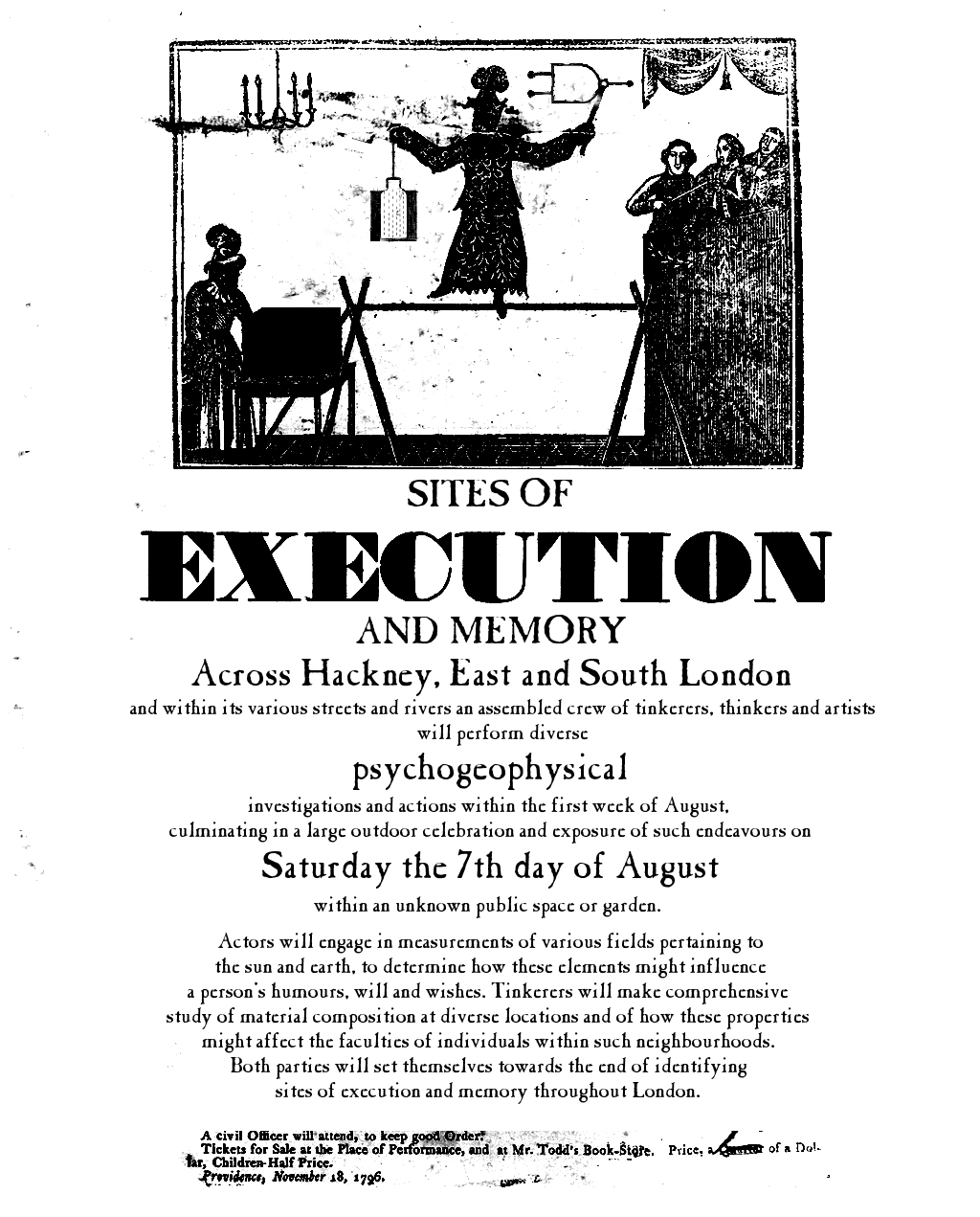Jussi Parikka: Insect Media: An Archaeology of Animals and Technology (2010)
Filed under book | Tags: · animal, biopolitics, biopower, biotechnology, cybernetics, deterritorialization, entomology, ethology, game theory, immanence, media archeology, media ecology, ontology, perception, philosophy, posthumanism, swarm intelligence, technology

“Since the early nineteenth century, when entomologists first popularized the unique biological and behavioral characteristics of insects, technological innovators and theorists have proposed insects as templates for a wide range of technologies. In Insect Media, Jussi Parikka analyzes how insect forms of social organization—swarms, hives, webs, and distributed intelligence—have been used to structure modern media technologies and the network society, providing a radical new perspective on the interconnection of biology and technology.
Through close engagement with the pioneering work of insect ethologists, including Jakob von Uexküll and Karl von Frisch, posthumanist philosophers, media theorists, and contemporary filmmakers and artists, Parikka develops an insect theory of media, one that conceptualizes modern media as more than the products of individual human actors, social interests, or technological determinants. They are, rather, profoundly nonhuman phenomena that both draw on and mimic the alien lifeworlds of insects.
Deftly moving from the life sciences to digital technology, from popular culture to avant-garde art and architecture, and from philosophy to cybernetics and game theory, Parikka provides innovative conceptual tools for exploring the phenomena of network society and culture. Challenging anthropocentric approaches to contemporary science and culture, Insect Media reveals the possibilities that insects and other nonhuman animals offer for rethinking media, the conflation of biology and technology, and our understanding of, and interaction with, contemporary digital culture.”
Publisher University of Minnesota Press, 2010
Posthumanities Series 11
ISBN 0816667403, 9780816667406
320 pages
Review: Jennifer Gabrys (Mute).
PDF (updated on 2012-7-15)
Comment (0)Fibreculture Journal 17: Unnatural Ecologies (2011)
Filed under journal | Tags: · aesthetics, biology, biopolitics, capitalism, genetics, media, media ecology, nature, p2p, politics, subjectivation, technology, theory
Media ecology has always resonated with discussions of digital and networked media. Perhaps this is because the discipline of media ecology has always been so open to transdisciplinary work. The pioneers of media ecology set off very early on the road to transdiscplinary critique that is a key focus for the Fibreculture Journal. Indeed, media ecological critique is often critique in the best sense: the exploration of the limits, not just the errors of thinking, the immersion of thought in real events and practices, and the creation of new ideas appropriate to the present and future of media. All in all, from Innis and McLuhan on, media ecology has provided a generative engine within media thinking and practice. Indeed it has been exemplary thinking as practice.
Yet the leading scholars writing for the Unnatural Ecologies issue do not perform media ecology as we have known it. At times the articles argue with more “traditional” media ecology. Sometimes, they arrive at a new media ecology, having travelled other trajectories that those of traditional media ecology. They are rewriting media ecology, exploring its limits from inside and outside. In the process the Fibreculture Journal believes this issue makes a crucial contribution to thinking about all media from the perspective of digital and networked media. In thinking through the unnatural ecologies that contemporary media make increasingly obvious, the issue challenges us to rethink not only what media are, or what they do, but what they might have been, and what they have done.
Articles:
Michael Goddard: Towards an Archaeology of Media Ecologies: ‘Media Ecology’, Political Subjectivation and Free Radios
Olga Goriunova: Autocreativity and Organisational Aesthetics in Art Platforms
Jussi Parikka: Media Ecologies and Imaginary Media: Transversal Expansions, Contractions, and Foldings
Matteo Pasquinelli: Four Regimes of Entropy: For an Ecology of Genetics and Biomorphic Media Theory
Matthew Fuller: Faulty Theory
Phoebe Moore: Subjectivity in the Ecologies of P2P Production
Issue edited by Michael Goddard and Jussi Parikka
Publisher: Fibreculture Publications/The Open Humanities Press, Sydney, Australia, April 2011
ISSN: 1449 – 1443
PDF (PDF)
PDF (EPUB)
View online (HTML articles)
The Psychogeophysics Handbook (2010, draft)
Filed under book | Tags: · code, electromagnetism, media ecology, psychogeography, psychogeophysics, situationists, software, software studies, spectral ecology, technology

With psychogeography easily de ned as a playful examination of the total effects of geography and place on the individual, [“the study of the precise laws and specifi c effects of the geographical environment, consciously organized or not, on the emotions and behavior of individuals.” Guy Debord. Introduction to a Critique of Urban Geography, 1955]. Psychogeophysics extends such research to embrace geophysics, defined as the quantitative observation of the earth’s physical properties, and its interaction with local spectral ecologies. Geophysics equally encompasses archaeological geophysics, with measurement of such properties allowing for the mapping of previous traces through techniques of particle/wave detection and data forensics.
This extension of psychogeography into geophysics implies a collision between interpretation (fi ction) and measurement, with Psychogeophysics proposed as a novel discipline that bridges any such distinction through the medium of code, and offers a speculative take on the future of code as an uncovering of its locative (diagnostic) potentials leading to a new phase of software studies.
By anonymous
20 July 2010
authors
article about psychogeophysics (Anthony Iles, Mute)

